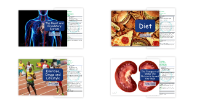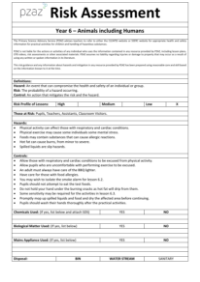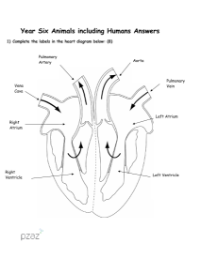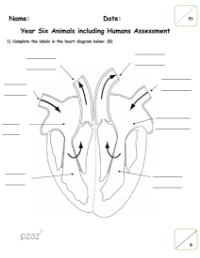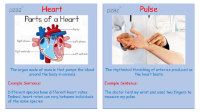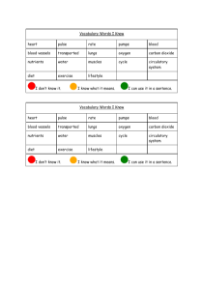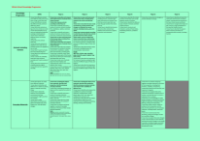Animals including Humans - Knowledge Organisers
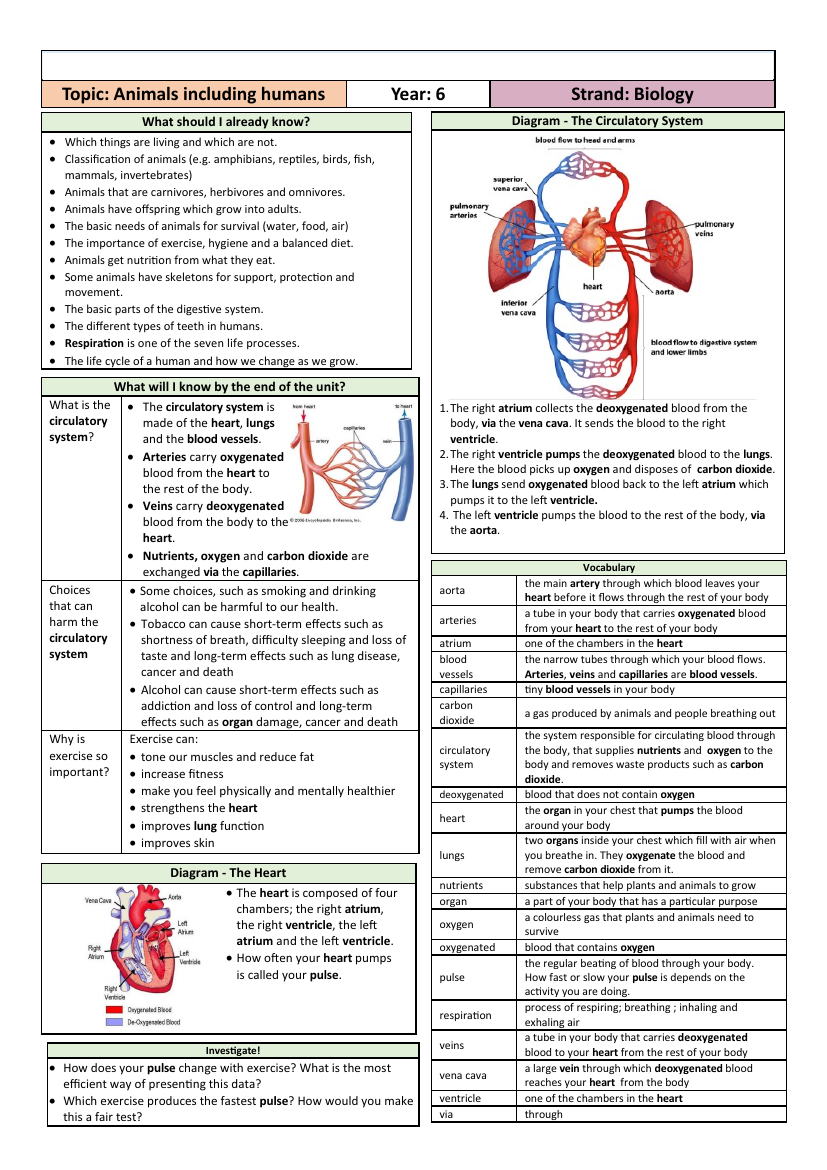
Science Resource Description
In preparation for a Year 6 Biology unit on 'Animals including Humans', students should already possess certain foundational knowledge. This includes understanding the distinction between living and non-living things, the classification of animals into categories such as amphibians, reptiles, birds, fish, mammals, and invertebrates, and recognising carnivorous, herbivorous, and omnivorous animals. They should be aware that animals have offspring which grow into adults, the basic needs for animal survival (water, food, air), and the significance of exercise, hygiene, and a balanced diet for health. Prior learning should also cover that animals derive nutrition from their diet, the role of skeletons in support, protection, and movement, the basic components of the digestive system, the various types of human teeth, the process of respiration as a life process, and the human life cycle with changes from infancy to adulthood.
The focus then shifts to the circulatory system, which is comprised of the heart, blood vessels, and lungs. Students will learn the journey of blood through the body: starting with deoxygenated blood being collected in the right atrium from the body via the vena cava, then pumped by the right ventricle to the lungs for oxygenation and carbon dioxide removal, followed by oxygenated blood returning to the left atrium and being pumped out to the body by the left ventricle through the aorta. The curriculum covers the importance of exercise for health, the negative impact of choices like smoking and alcohol on the circulatory system, and the role of the circulatory system in transporting nutrients, oxygen, and carbon dioxide. Students will be able to identify the heart's chambers, understand the significance of pulse rate, and learn about the different types of blood vessels including arteries, veins, and capillaries. The unit includes practical investigation of how exercise affects pulse rate and the best methods to present this data, ensuring fair testing in experiments, and understanding the harmful effects of certain substances on the body.

